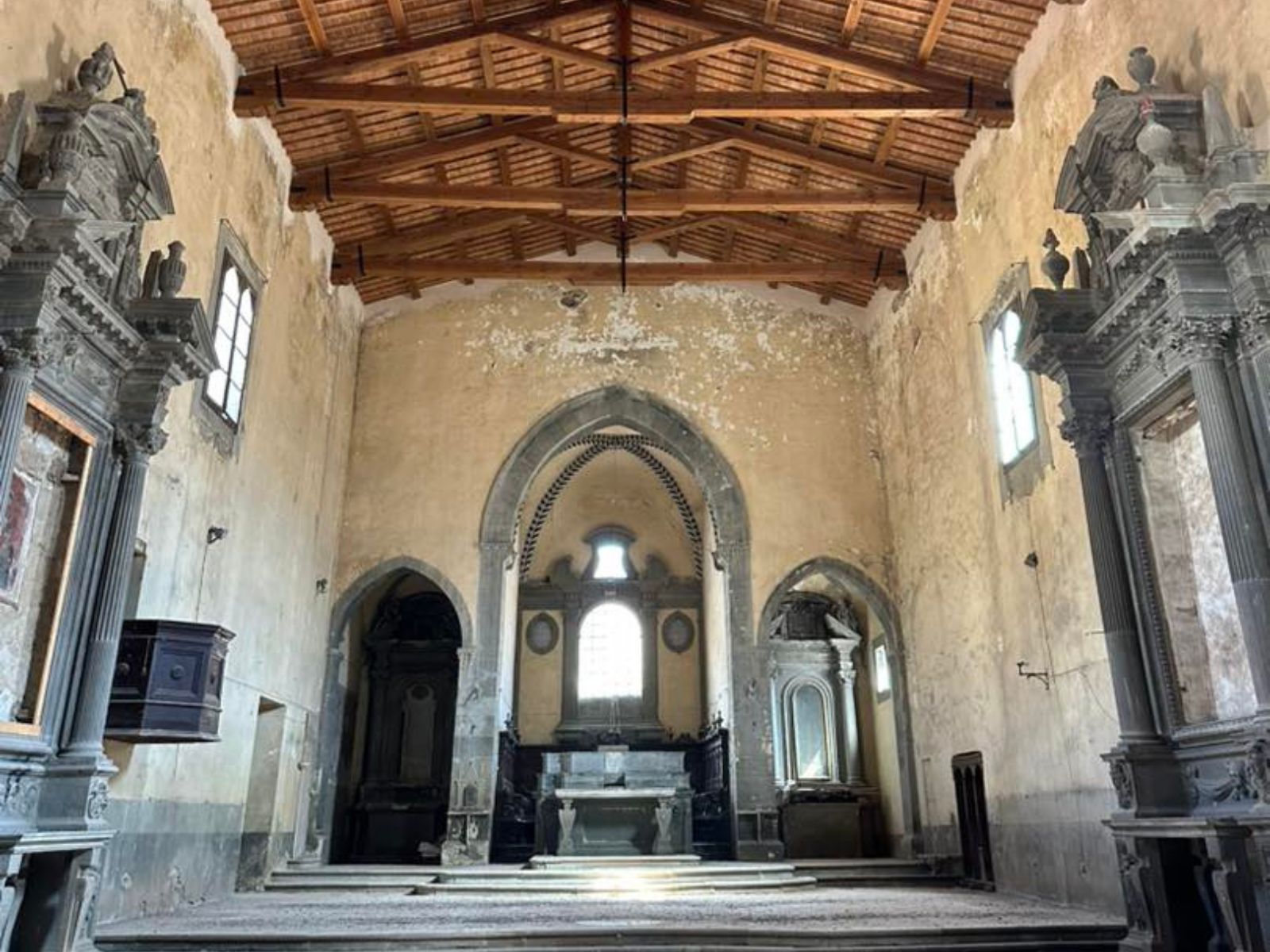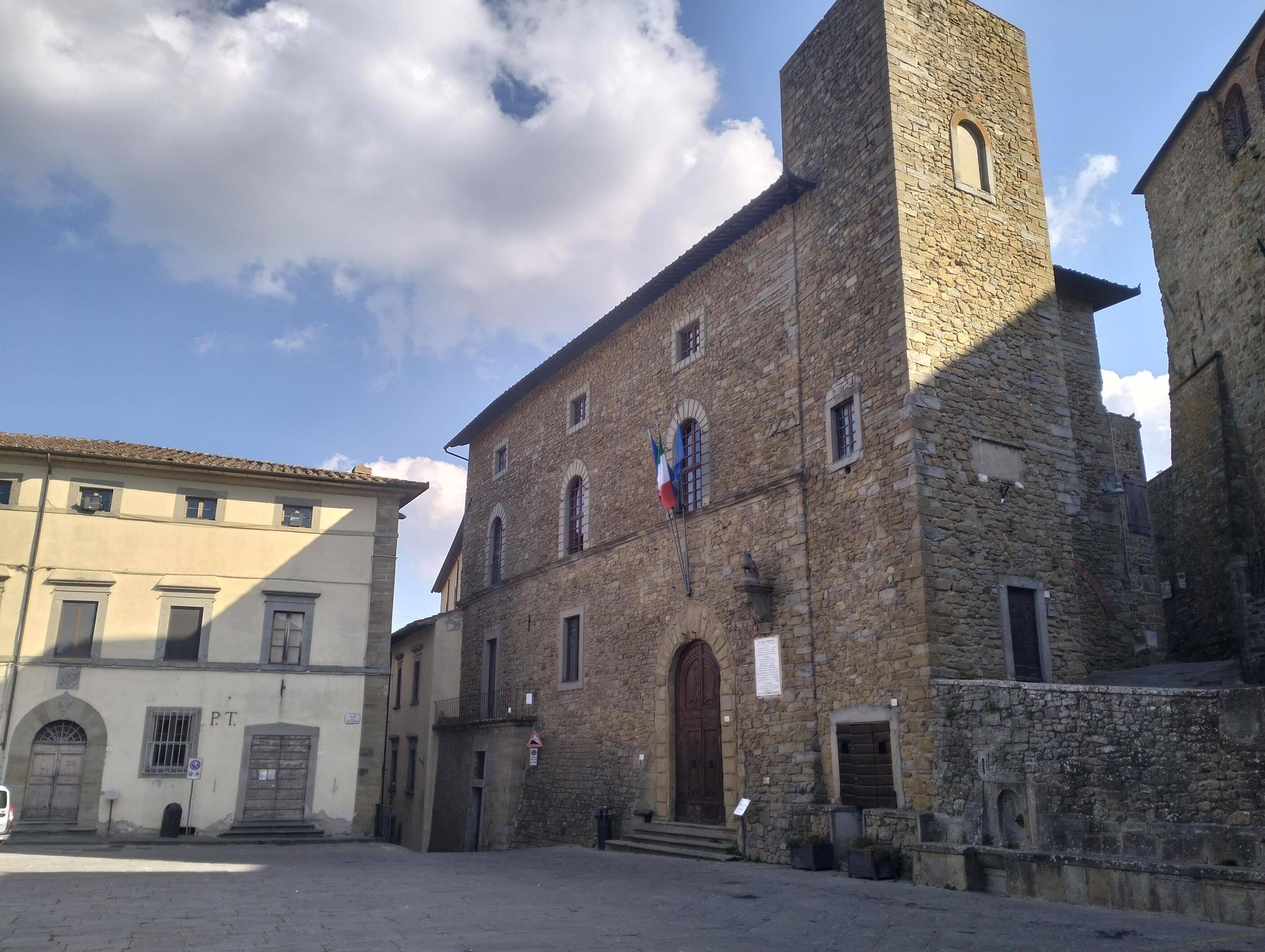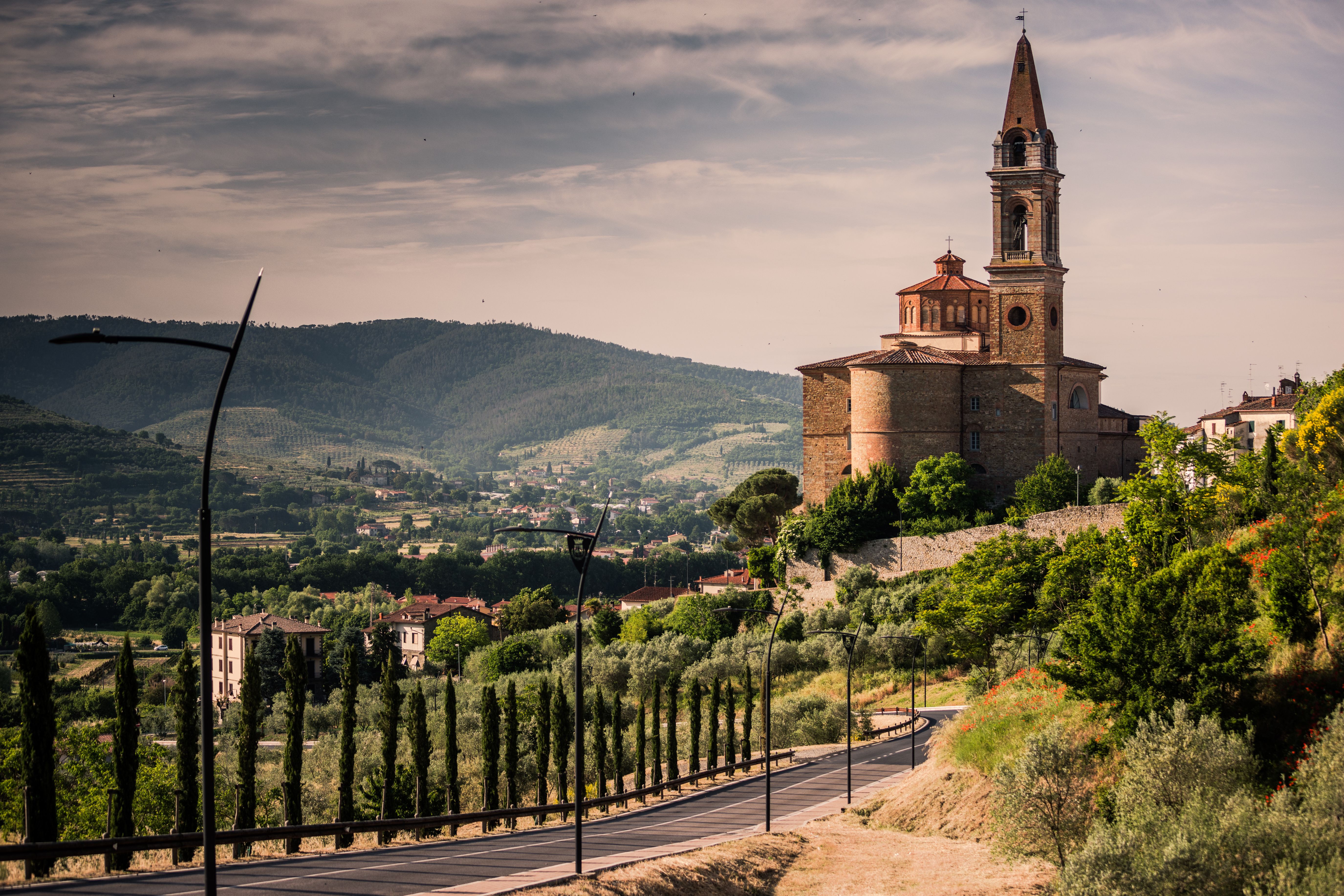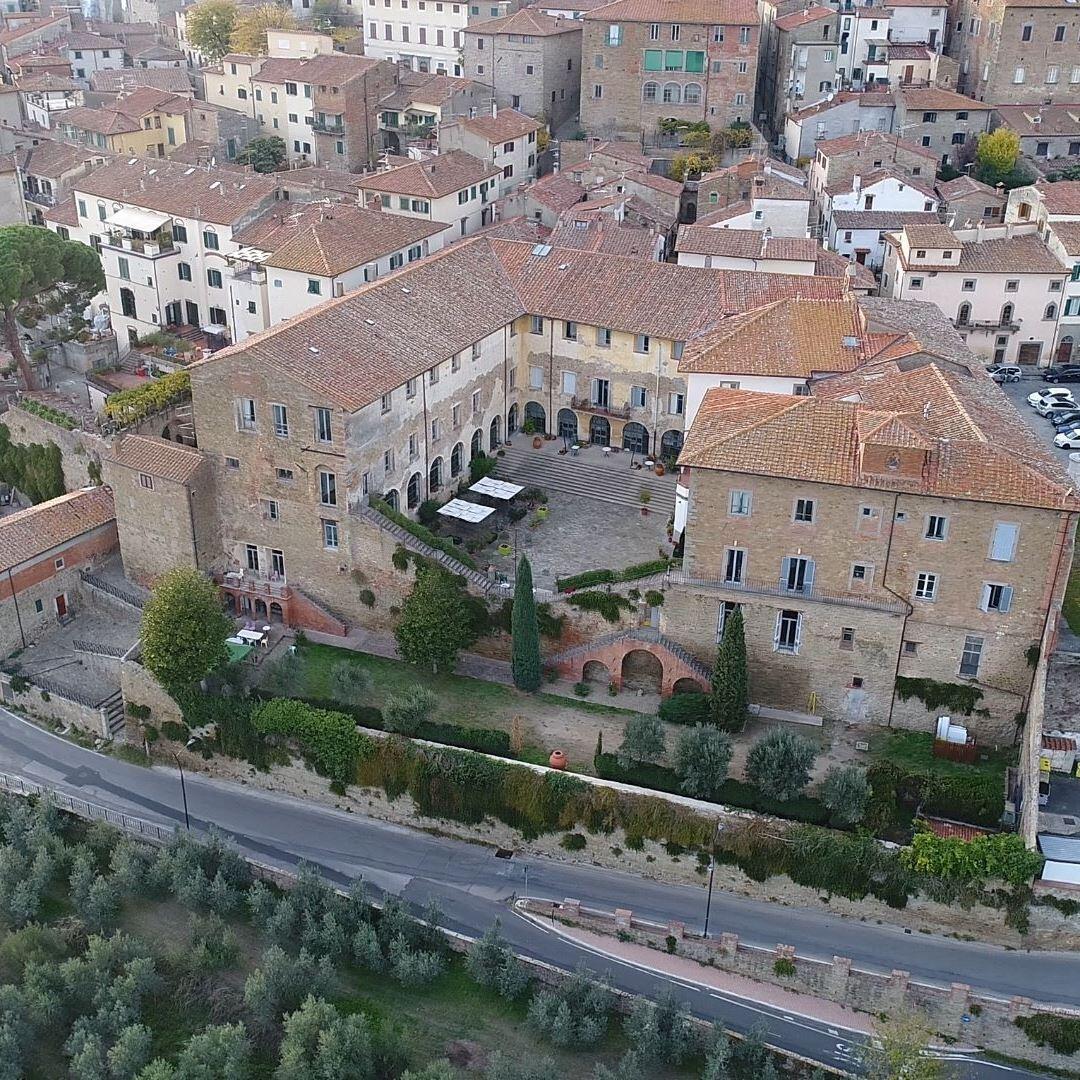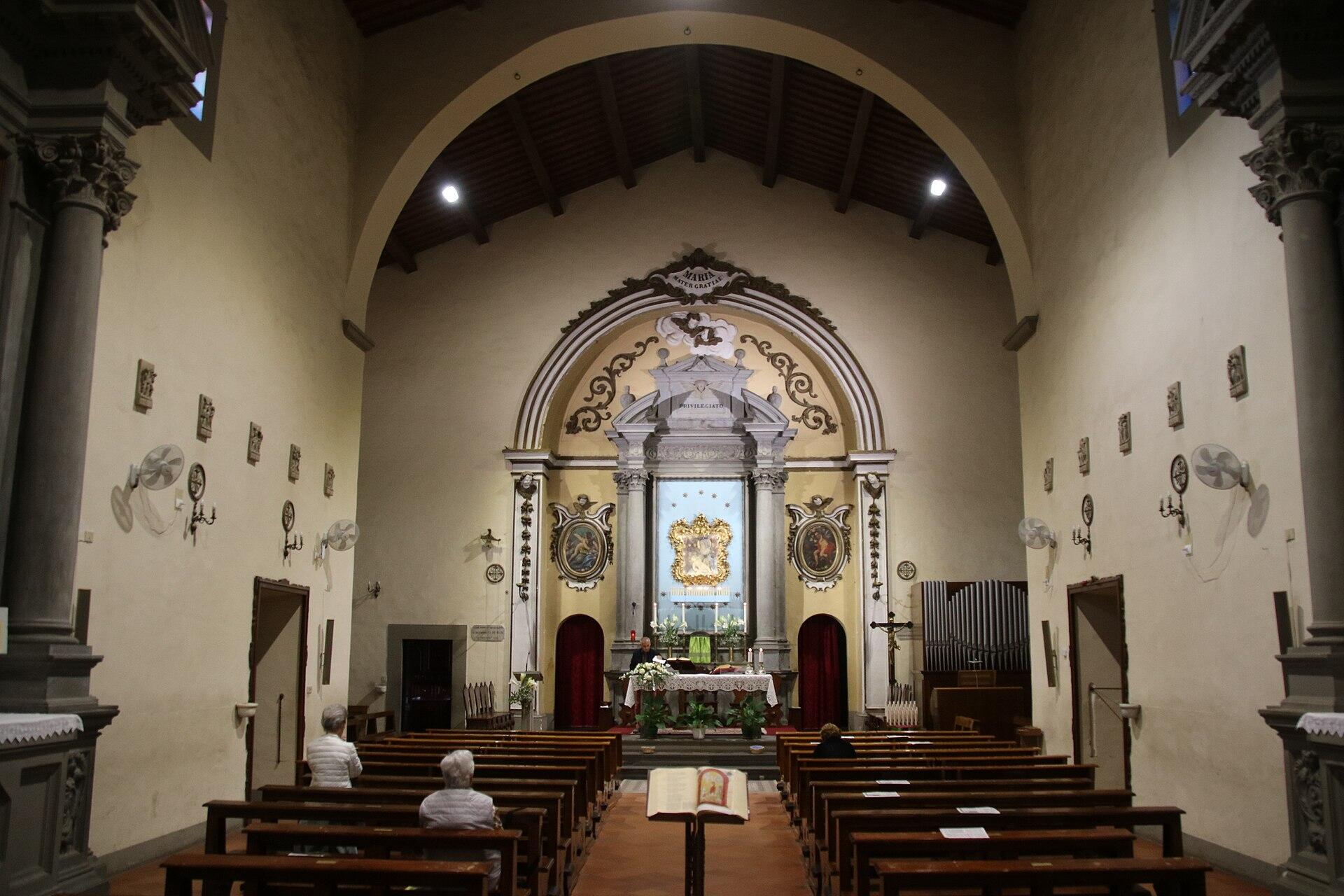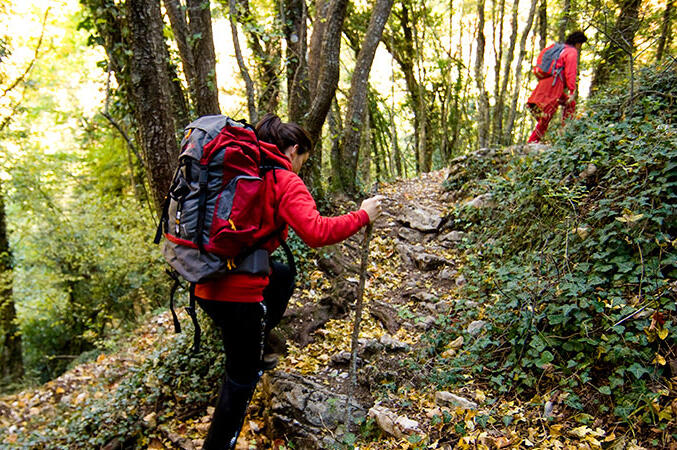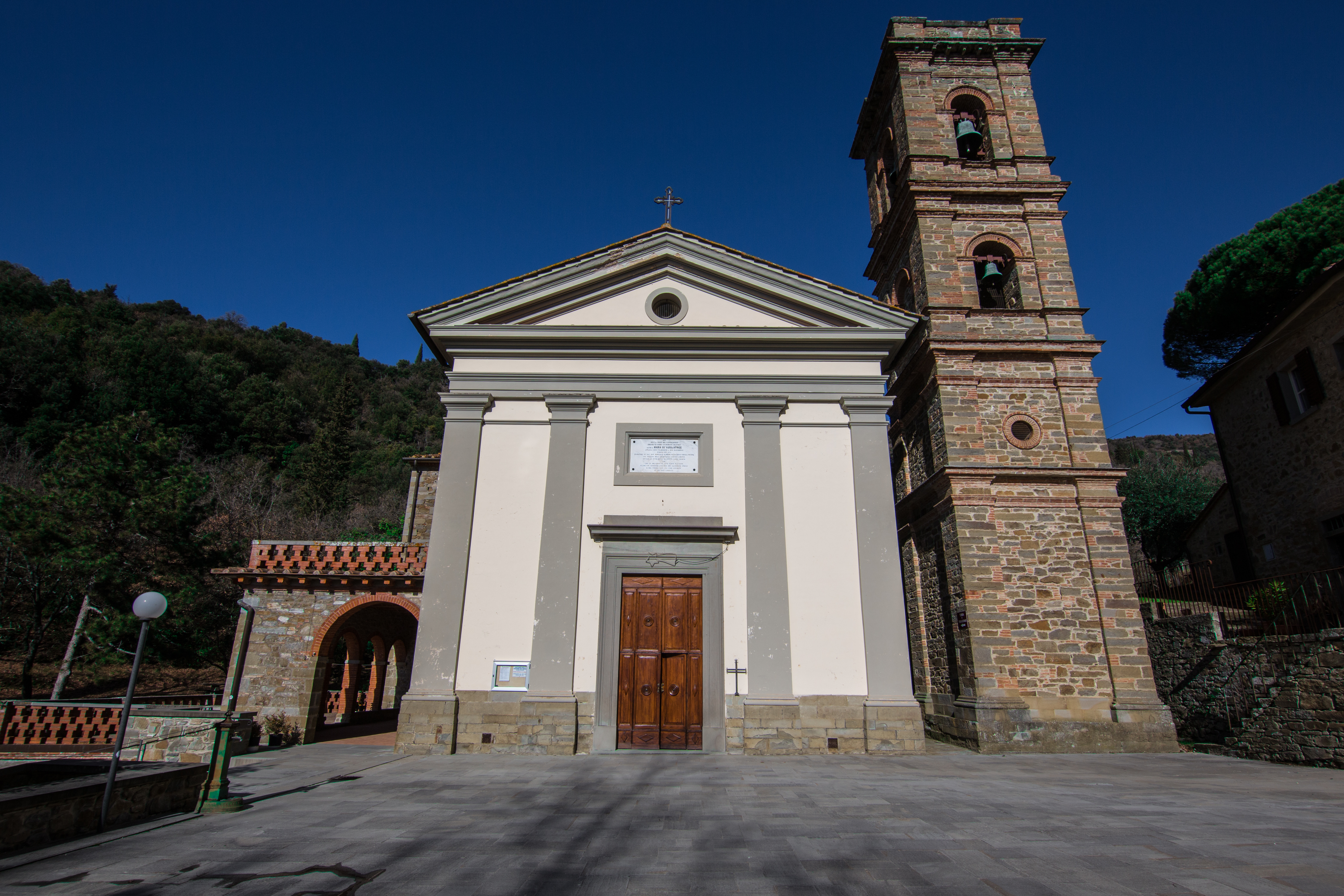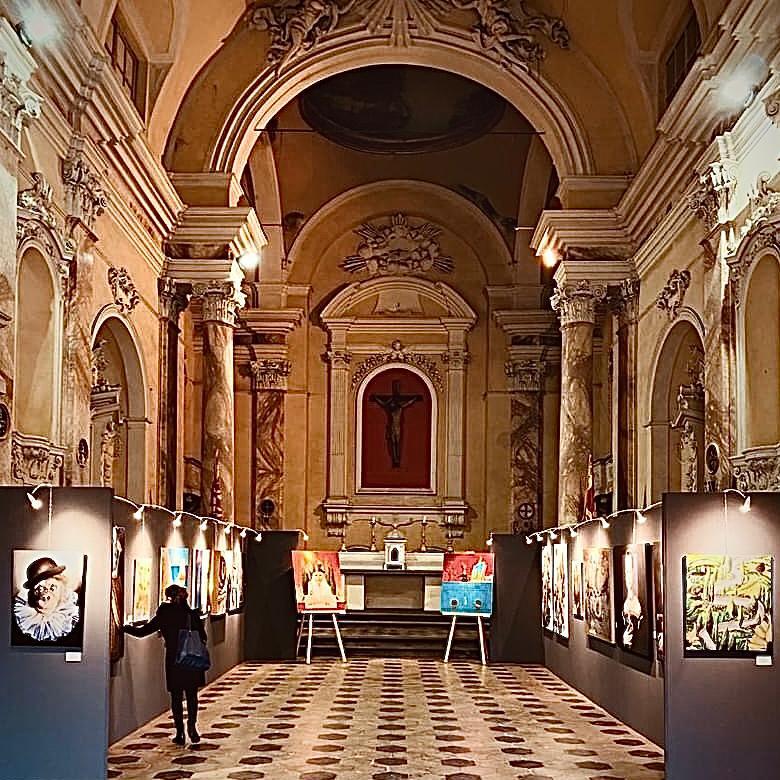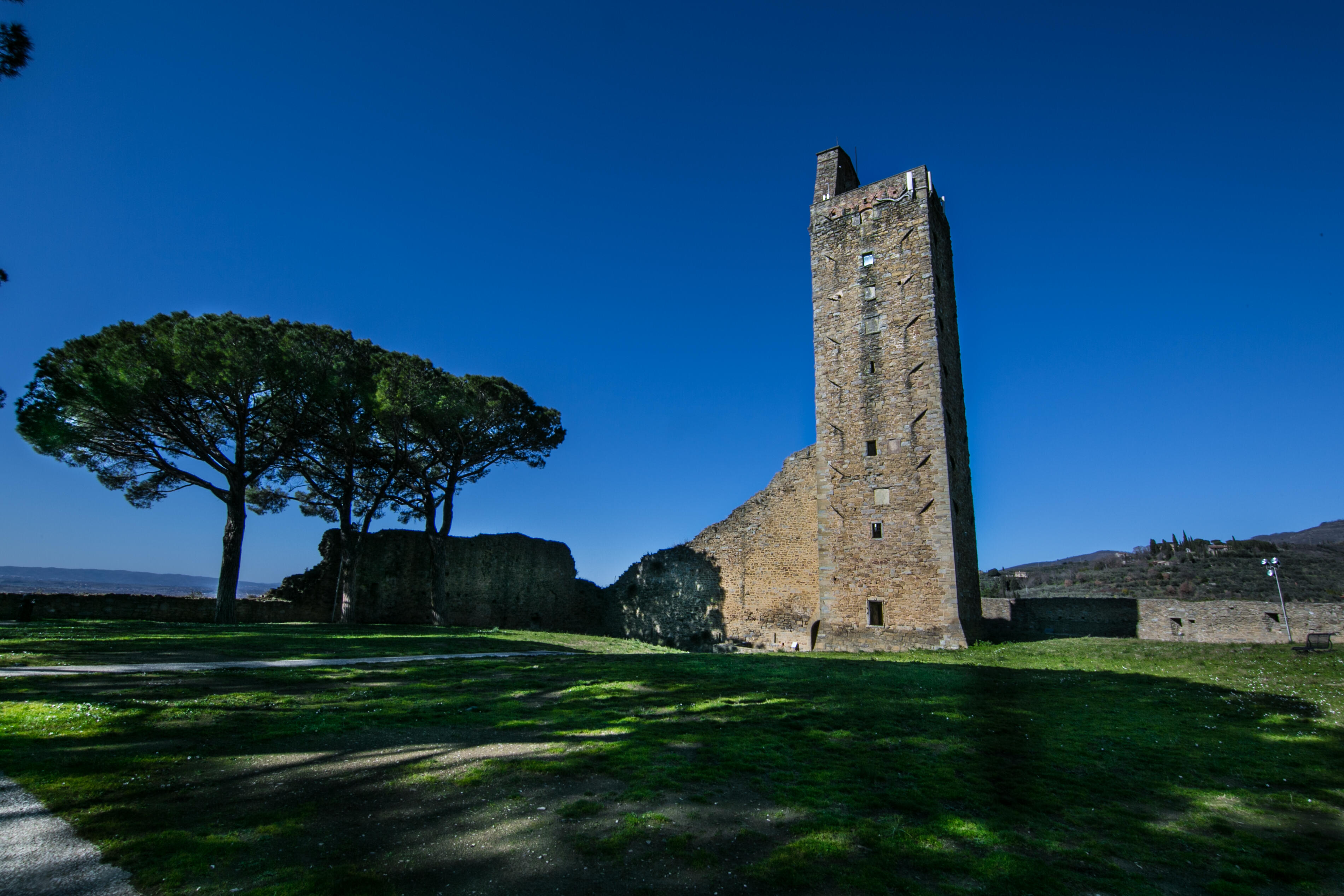POINT OF INTEREST
CHURCHES
Church of San Francesco
The church, overlooking the square of the same name, was built by the Franciscans in the mid-13th century over a pre-existing 12th-century structure, first dedicated to San Salvatore and then to San Leonardo.
The church, overlooking the square of the same name, was built by the Franciscans in the mid-13th century over a pre-existing 12th-century structure, first dedicated to San Salvatore and then to San Leonardo.
The building features a Romanesque-Gothic sandstone façade featuring a slender mullioned window surmounted by a small rose window.
On the lunette of the portal, you can admire a terracotta depicting Saint Francis instructing turtledoves on how to multiply, the work of Antonio Brogi, a local 20th-century ceramist.
The interior, in accordance with Franciscan custom, has a single nave ending in a short transept with three cross-vaulted chapels; the roof is gabled.
The walls are lined with 16th- and 17th-century altars. You can admire works by Francesco Morandini, known as "il Poppi" (Crucifixion), Giorgio Vasari (Madonna with Saints Anne, Sylvester, and Anthony), and Salvi Castellucci (Calling of Saint Matthew and Annunciation of the Angel to Saint Anne).
The third niche on the right, now empty, once contained a Saint Francis by Margarito d'Arezzo; beneath, protected by a grate, was the Holy Cross, a 13th-century reliquary of extraordinary value. Both works are now on display in the Pinacoteca.
Important works include the wooden Crucifix painted in imitation bronze by Giovanni Patriarca and a wooden statue of Christ Captured in the Garden of Olives, sculpted by Sallustio Lambardi of Lucignano, which is carried in procession on Holy Tuesday by the Company of Saint Anthony.
The choir, made of pietra serena with a decorative panel design, dates back to 1546. The two central panels depict Saints Michael and Francis; the sides feature floral motifs.
The whole is supported by two large corbels with double volutes and plant motifs.
To the left of the church is a rectangular cloister, rebuilt in the early 17th century over a 13th-century portico. It features a double Tuscan-style loggia, with a circular well at its center.
Beneath the arches of the lower order, you can admire the frescoed lunettes with scenes from the life of Saint Francis, a 17th-century work by Pelliccione da Colle.
Inside the cloister, you can see the tombstones of many prominent figures from Castiglione who chose to be remembered here.
On the right side of the church, the oratory of the Company of Saint Joseph was built in 1560; in 1785 the company was suppressed and the oratory was sold to private individuals.
Images that tell a story
Welcome to our gallery: a collection of images that tell moments, emotions, and details that often escape words. Each shot is a fragment of history, a memory to share, a perspective to explore. Browse and let yourself be inspired.


 ITA
ITA